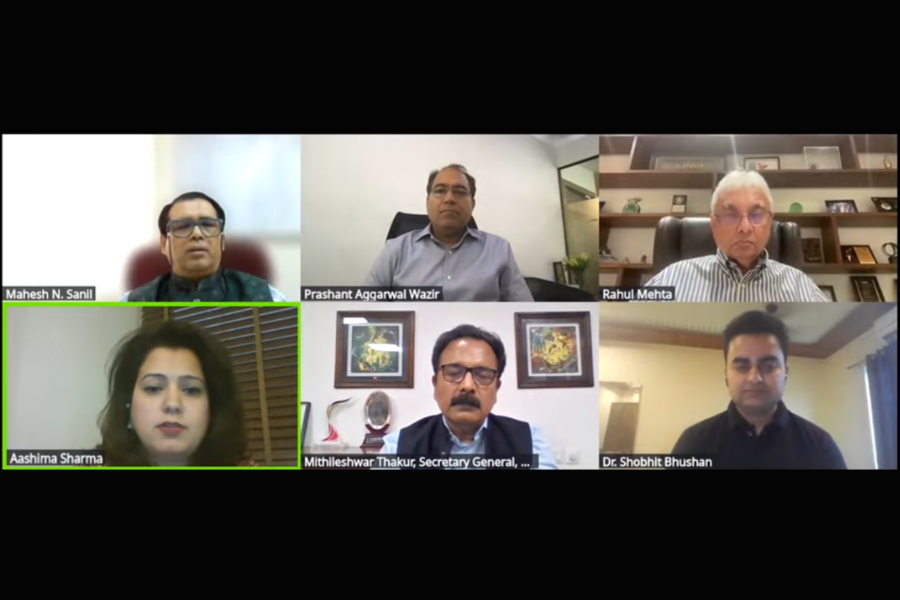India’s fashion footprint – Stitching a global apparel success story: A webinar by TPCI
TPCI hosted an engaging and insightful webinar titled “Made in India, Worn Worldwide: Emerging Opportunities in Apparel Exports” on May 22, 2025. As the global apparel trade evolves rapidly, India is finding itself at a pivotal point — with rising global demand for sustainable and quality fashion, shifting sourcing strategies, and a strong push to enhance manufacturing competitiveness.
The webinar brought together leading voices from the apparel and textile ecosystem to explore how India can scale its presence in the US$ 447.2 billion global apparel market.

Trade Promotion Council of India, organized a webinar on “Made in India, Worn Worldwide: Emerging Opportunities in Apparel Exports” on 22nd May 2025.
India’s apparel export industry is at a critical juncture. As global sourcing patterns shift and buyers look beyond traditional giants, India has a unique opportunity to step up — backed by its strengths in cotton, craftsmanship, sustainability, and a growing focus on digitization. This was the central theme of the webinar, which brought together key voices from industry and policy to decode the road ahead.
Global apparel trade reached US$ 447.2 billion in 2023, and India’s share is poised to grow — provided the right strategies are adopted. With a 14.4% jump in apparel exports in April 2025 and textiles and apparel contributing 8.21% of India’s total exports in FY24, the momentum is visible. But sustaining it will require more than just numbers. Our panel discussed how innovation, sustainability, and strategic trade positioning can help India compete with fast-moving players like Bangladesh and Vietnam, and scale-driven juggernauts like China.
Key questions explored during the webinar included:
– How can India position itself as a reliable sourcing destination amidst narrowing tariff gaps due to recent US-China trade agreements?
– Which product categories — from cotton basics to women’s wear and sustainable fashion — offer the most promise in the short to medium term?
– How can MSMEs align with global sustainability and traceability standards to stay relevant?
– What role do Free Trade Agreements (FTAs) play in enhancing India’s market access and export competitiveness?
– Can India’s supply chains match global expectations on lead time and responsiveness?
– What is the potential for setting up integrated apparel hubs to rival the scale of China?
– How can digital tools and AI improve forecasting, design, and buyer engagement?
We were honoured to host a diverse and insightful panel:
– Mithileshwar Thakur, Secretary General, Apparel Export Promotion Council (AEPC)
– Dr. Shobhit Bhushan, Managing Director, Fluidic Fashion Pvt. Ltd.
– Prashant Aggarwal, Managing Director, Wazir Advisors
– Rahul Mehta, Mentor, Clothing Manufacturers Association of India
– Sampath Raghavan, Industry Expert
Moderator: Aashima Sharma, Principal Correspondent, TPCI
The discussion made it clear: India has the potential to become a global apparel leader — but success will depend on its ability to respond with speed, responsibility, and strategic foresight.
We thank all our panelists and participants for making this session a valuable exchange of ideas.
